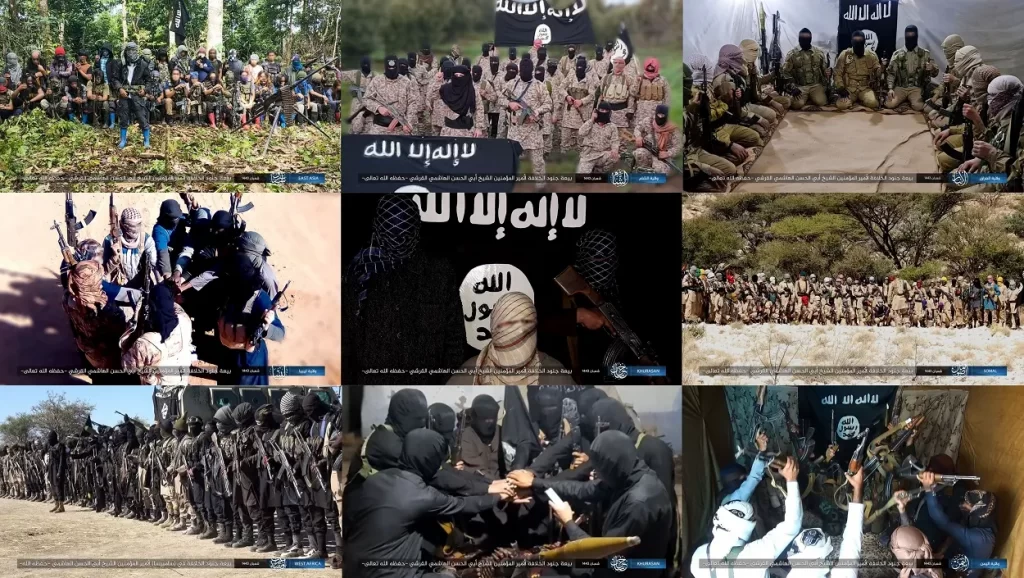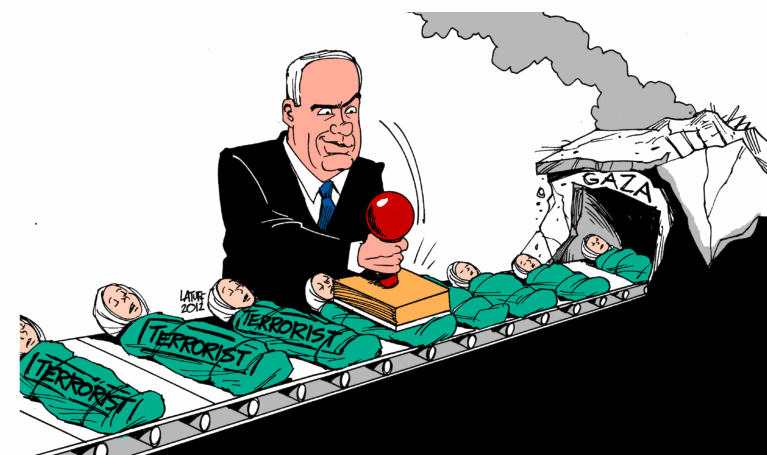
STRATEGIC ASSESSMENT. The threat posed by Islamic State (Islamic State in the Levant, or ISIL), also known as Da’esh, remains potent and has grown in and around conflict zones where the group was present, a recent UN report affirmed. ISIL is on the march throughout sub-Saharan Africa, taking advantage of weak security forces, porous borders, and poor governance, while Islamic State Khorasan (IS-K) demonstrated its capability to mount attacks in various regions of Afghanistan and remained the Taliban’s primary antagonist, according to the UN Secretary-General’s 16th report on the threat posed by ISIL. The report says that IS-K has sought to undermine the Taliban’s international relationships by attacking diplomatic missions in the country. The report also noted the diminishing prospects of ISIL affiliates in countries like Libya and Mozambique, with its Mozambican affiliate standing at just over 10% of its original fighting strength. Even under these conditions, however, the group had managed to displace over 160 thousand people in just two months last summer.
Briefing UN Security Council members last Thursday on the threat of Da’esh and the responses of the UN system, Under-Secretary-General for Counter-Terrorism Vladimir Voronkov noted that fears of increased activity directed or inspired by ISIL following the removal of pandemic restrictions had eased, but stressed that the suffering of victims and survivors of terrorism continues. The semi-annual briefing of the Security Council highlighted the increased international concern about ISIL’s expansion and related terrorist threats to central and southern Africa, and particularly the Sahel. In countries where governance has proved weak and failed to deliver security or socioeconomic progress for citizens, grievances continue to fuel dissatisfaction with leaders and international forces. This has been most prominent in Mali, where public sentiment against the former colonial power, France, and a rising tide of jihadist violence prompted the departure of French counterterrorism forces and the end of Operation Barkhane.
In its stead, the government invited the Wagner Group, the shadowy Russian private military security company created by Yevgeny Prighozin, a close ally of President Vladimir Putin, signaling a shift from Western security partnerships to ones favoring Moscow. Wagner’s reputation for wanton human rights abuses and its reported role in perpetrating massacres, carrying out terror campaigns of sexual violence, and the destruction of villages and civilian targets, has so far failed to dent its popularity with regional governments, with reports that Wagner may expand into Burkina Faso and other parts of north and west Africa.
In late January, the United States reported that Bilal al-Sudani, a senior ISIL figure said to be a key supporter and funder of its global operations, had been killed during a U.S. military operation in northern Somalia. Da’esh is estimated to have between 200-250 fighters in Puntland, and its Al-Karrar office remained an important financial hub for other affiliates; some states estimated they could raise up to $100,000 a month through extortion and illicit taxation. Beyond its conflict with the local government, Da’esh’s Somalia affiliate has also clashed with another regional terror group, al-Shabaab, which has prevented its expansion, according to the UN report. Meanwhile, the country’s terrorist dynamic complicates the delivery of humanitarian aid to a country where nearly half the population is facing acute food insecurity.
In Iraq and Syria, Da’esh is estimated to have between 5,000-7,000 members, approximately half of whom are fighters. Despite a series of decapitation strikes creating uncertainty over the group’s next emir, the UN report says ISIL’s regional leadership pool remains “sufficiently deep to withstand leadership losses in the short-term.” Two potential candidates, Juma’a Awwad Ibrahim al-Badri and Bashar Khattab Ghazal al-Sumaida’I, were ruled out due to their reported detention, according to the report, but one state indicated the new leader was possibly an Iraqi national and ISIL veteran likely to maintain the strategy of his predecessor. In the near-term, the group may face a significant challenge in maintaining its finances, which have also reportedly been used to catalyze and support the work of various regional affiliates dependent on the “core” for branding and financial support. Command-and-control is a separate issue and one of much debate among counterterrorism analysts and ISIL experts. ISIL’s cash reserves, down from historic highs to between $25 million to $50 million today, are primarily used to pay its fighters as well as the families of its deceased soldiers and are also directed to recruitment and securing the release of its fighters and supporters from various detention facilities.
Once home to a key al-Qaida affiliate capable of lethal overseas operations, Yemen has experienced only one attack claimed by ISIL since the last UN report on the group was delivered late last July. The group lacks local leadership and its “internal disputes remain significant,” noted the UN report. The question of repatriating ISIL-affiliated individuals from camps in northeast Syria remains challenging: though Iraq has made progress, UN Member States “noted no significant improvement in the volatile situation in the camps,” according to the report. Despite several recent repatriations of women and children, in France for example, states remain concerned that returnees may receive excessively short prison terms, and that the complications of undertaking suitable risk assessments made states hesitant to bring back nationals, particularly adult males or incarcerated male minors.
Two thematic issues were highlighted during lastweek’s Security Council briefing on the ISIL report: the issue of terrorist use of emerging technologies and the importance of gender-responsive counterterrorism approaches. Emerging technology was highlighted by by Weixiong Chen, Acting Executive Director of the Security Council Counter-Terrorism Executive Directorate (CTED), reflecting concerns in the report that ISIL is using unmanned aerial systems “for surveillance, reconnaissance and … attack” purposes. The report also noted that ISIL continues to use information and communications technologies (ICT) to spread propaganda and drum up support, indicating that its use of ICTs has become more “sophisticated and prolific,” notwithstanding the group’s diminished international stature.
Franziska Praxl-Tabuchi, a civil society briefer at the Council session, stressed that imbuing gender considerations into counterterrorism strategies was not just a matter of recognizing women’s participation, but also required accounting for the experiences, needs, and challenges of individuals and recognizing how gender identities relate to other identity factors. Earlier references to gender in the counterterrorism context narrowly focused on women’s role as victims or passive participants, identifying a singular role for them in relation to terrorism or counterterrorism. Few, if any, considered the full implications of gender identities in relation to the threat or responses. Thursday’s briefing serves as an important iteration in this debate, with an increasingly nuanced view of how gender identities shape the terrorist threat, opportunities for prevention and mitigation, and the activities of key stakeholders. An overly simplistic view of gender’s interaction with counterterrorism has been most visible in the discourse on repatriation, with many states simply offering women general amnesties or social services without a process of investigation or accountability, or refusing to repatriate even male minors, shaped by stereotypical threat perceptions.





